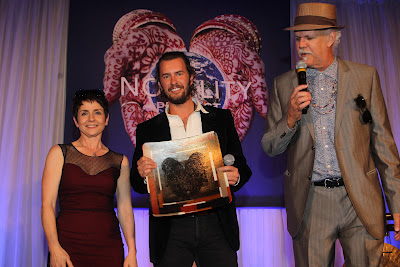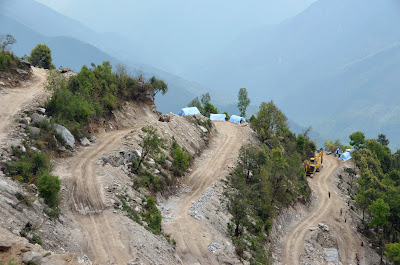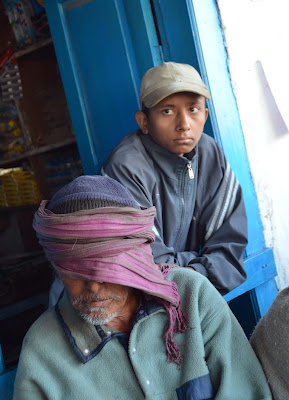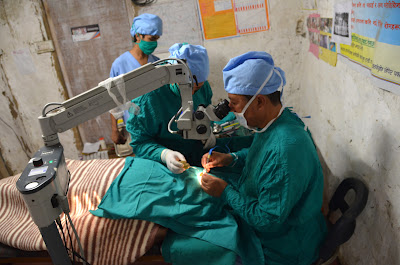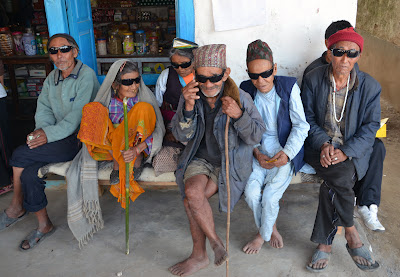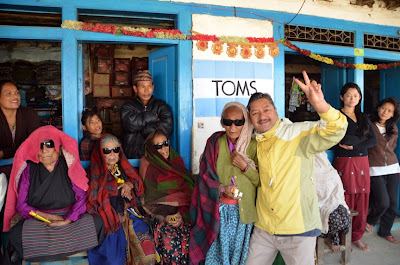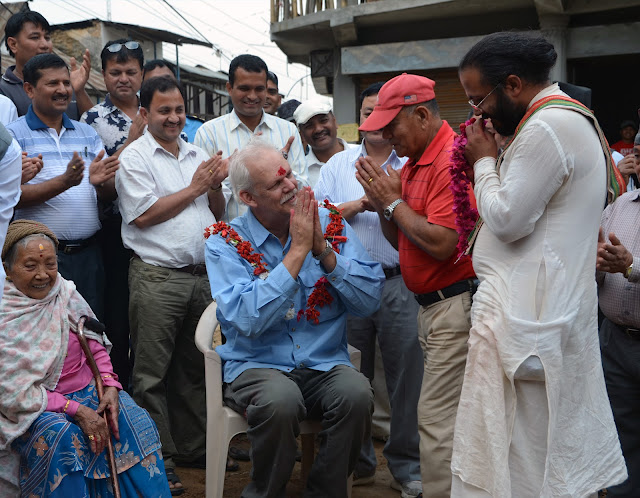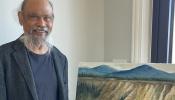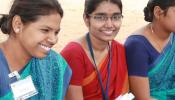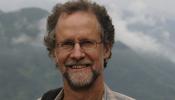Written by Turk Pipkin, Seva Donor, Writer, Filmaker, Co-Founder of the Nobelity Project From Huffington Post, posted: 05/17/2012 8:08 pm
Three years ago when I told our friends at the Seva Foundation (Seva Canada's sister organization) that The Nobelity Project wanted to sponsor a Seva remote eyesight camp in Nepal, I didn't understand the challenges involved in providing eyesight restoration surgery and other eye care for people living high in the Himalayas.
Tom's Blake Mycoskie and Turk Pipkin
From that first commitment to my just-completed journey with Seva, the road to the Num Valley would turn out to be long and challenging, but the results were beyond my greatest expectations. A big note of thanks goes to our Austin supporters Milton Verret, Lee Thomas and their families for generous donations to support the eye camp in Num and -- in a wonderful turn of events -- a permanent eye care center in the larger town of Kandhbari. Ongoing support to Seva comes from TOMS sunglasses and Blake Mycoskie (who we recently presented with the Willie Nelson "Feed the Peace" Award). 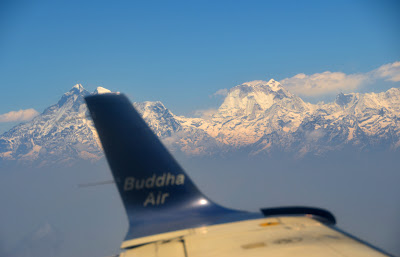
While The Nobelity Project was focused on funding and preparations to film the camp, Seva was assembling a team of drivers, support staff, nurses and eye doctors who could perform cataract surgeries in the most challenging circumstances. Five flights from home, I stepped bleary-eyed off the small Buddha Air flight in Tumlingtar, Nepal. Our medical team was waiting in three vehicles and we set out on a steep, dusty road into the Himalayas. Loaded with medical equipment, Seva's 4-WD pickup barely made the climb to the first town before we had to abandon it and find a Land Cruiser that could handle the rough terrain and mountain switchbacks with steep drop-offs thousands of feet high.
As we climbed higher and higher, rain and mud made the road even more treacherous and at times required us to drag the vehicles forward with their own winches, or to mobilize tractors to remove other tractors that were blocking the narrow road. Just before dark we reached the town of Num ("Noom") where the whole village turned out to welcome us. This would be the first eye care ever in the Num Valley and we soon learned that a number of blind patients had been carried for three and four days through the mountains on their family members' backs. One woman had been carried from the Tibetan border.
The following morning, over 200 patients registered for day one of the eye camp, were given basic eye tests, then examined by Dr. Mali Okada, a volunteer MD from Australia, our team leader Dr. Ram Kandel, and Dr. Kamal Khadka, Nepal's leading eye surgeon. Patients with eye infections and minor injuries were treated as required -- from simple antibiotics to their first prescription eyeglasses -- and many were diagnosed with severe cataracts in one or both eyes. A number of these had bilateral blindness from their cataracts.
Dr. Kamal performing cataract surgeries
Two hours later, I was in scrubs in a temporary operating room, standing next to Dr. Kamal as he performed intricate surgery after surgery to remove heavy cataracts and restore the patient's vision. With no electricity in the town, the operating scope had to be powered by a generator in a waiting area where a line of patients sat calmly before anesthesia then surgery. I may have lost count, but I believe Kamal performed 23 cataract straight surgeries without taking a break. Dr. Khadka has performed nearly 50,000 cataract surgeries, an inspiring and heroic triumph of man and medicine. All of these surgical patients were lined up the next morning for the removal of the bandages from their eyes. "I love this part," Kandel told me excitedly. "When I remove the bandage, I'm the first person this patient has seen in years. The joy in their face makes everything we do worth all the work, and makes me the luckiest person on earth." "Hold up your fingers," Kandel told me as he removed a woman's bandage. "Look at the tall man," he told her in Nepali. "How many fingers do you see?"
Cataract patients after having their bandages removed
Dr. Kamal with cataract patients
Tilting her head she focused her vision on my hand until the image came clear. A smile came over her face. "Two!" she told us triumphantly. Then she looked into my eyes, and I had a brief insight into the joy that has guided Kandel's life for 30 years. "Grandmother," Kandel said to her. "Your granddaughter is here with her new baby. Would you like to see them?" As the family stepped forward, the woman's gaze fell for the first time on her great-granddaughter and all at once, like a great choir of light, we all began to cry.
Site-blessing and cornerstone ceremony for the new Nobelity Project/Seva Permanent Eye Care Center in Kandhbari. Hearing of our financial contribution for the PECC, the woman on the left donated land for the center and these community leaders committed to raising additional funds through local donations.
